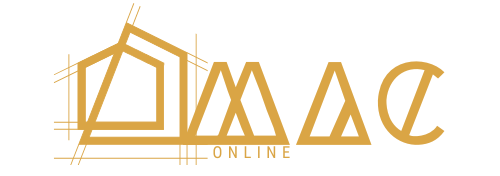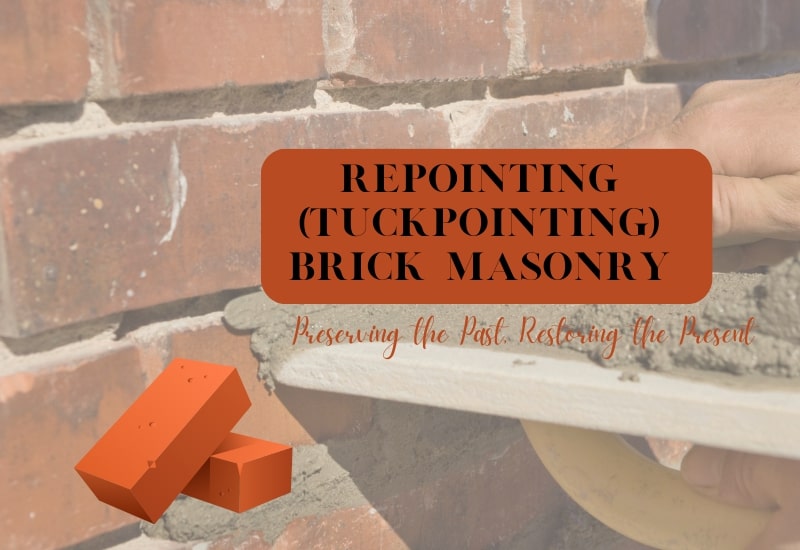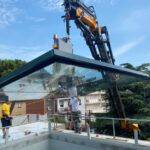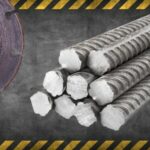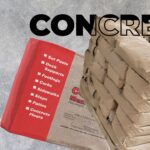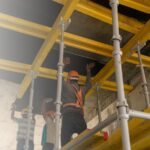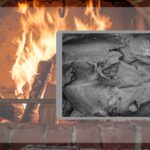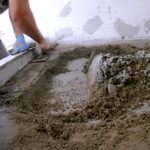The terminology associated with masonry tasks like pointing, repointing and tuckpointing is often interchangeably used, resulting in confusion in the masonry sector. The Brick Industry Association has, for a long time, referred to “tuck-pointing” methodologies in their Technical Notes 7F as a form of maintenance for brickwork.
However, the interpretation of tuckpointing can vary from one region to another, causing disputes over work descriptions and expected repair work. As such, the following interpretations of these terms have been established.
Pointing refers to the act of inserting malleable mortar into joints to rectify flaws or completely fill joints in freshly constructed masonry.
Repointing involves inserting malleable mortar into incised or scraped joints to amend faulty mortar joints in masonry.
Tuckpointing has two meanings. The first is to point masonry with a flat mortar joint that closely resembles the color of the masonry units and a mortar of a differing color that is formed into a slim strip. The second meaning is synonymous with repointing.
The term repointing is used universally. The slight variations in the procedures connected with the first interpretation of tuckpointing, which is the more conventional meaning, are not discussed in this text.
Why Repoint?
A common maintenance task for brick masonry is repair of mortar joints. The longevity of mortar joints will vary with the exposure conditions and the mortar materials used, but a lifespan of more than 25 years is typical. The longevity of brick, however, may well exceed 100 years.
Consequently, occasional repair of the mortar joints is expected over the life of the brick masonry. It is our observation that the most common reason for repointing brick masonry is to improve water penetration resistance.
Repointing deteriorated mortar joints is one of the most effective and permanent ways of decreasing water entry into brickwork. This is because the most common means of water entry into a brick masonry wall is through debonded, cracked or deteriorated mortar joints.
Finding a Good Repointer
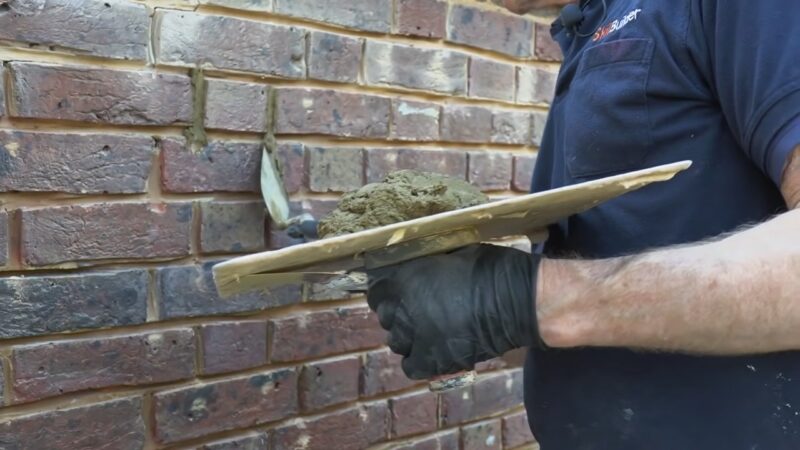
An important step toward a successful repointing job is to secure a qualified and experienced repointing craftsman. An individual who is an excellent mason/bricklayer may not be a good repointer. It is suggested that skills be substantiated by prior repointing projects or by prequalifying. One method of evaluating craftsmanship is to designate an inconspicuous section of the brick masonry and permit candidates to place a sample of their work on that section of the masonry.
The skills in question are: (1) cutting out the mortar joints to the proper depth and profile with minimal damage to adjacent brick units (2) proper preparation of the mortar for repointing, (3) proper placement of mortar by layering, compacting and tooling, and (4) accurate color matching to adjacent, original mortar joints. Cleanliness of the repointing operation is also important, so that extensive cleaning of the finished wall is not necessary.
What to Repoint
A critical step in the repointing operation is to identify wall areas which require repointing. This step is critical be cause only defective joints require repair, repointing is very labor-intensive work, and original mortar joints in good condition are preferred over repointed mortar joints.
Conditions which may require repointing include: (1) mortar erosion more than 6 mm, (2) crumbling mortar, (3) hairline cracks in the mortar, and (4) cracks between the brick and mortar.
Visual observation in combination with light scraping with a metal tool can detect cracked, spalled and crumbly mortar joints. This is the most common means of determining areas to be repointed. On older buildings, “cleaning” by low or moderate pressure water wash (not grit or chemical wash) may be required to evaluate the condition of mortar joints. Visit this website or consult Technical Notes 20 for proper water washing techniques. It must be emphasized that, in this case, the purpose of cleaning is not to get a new looking building.
Repointing Mortar
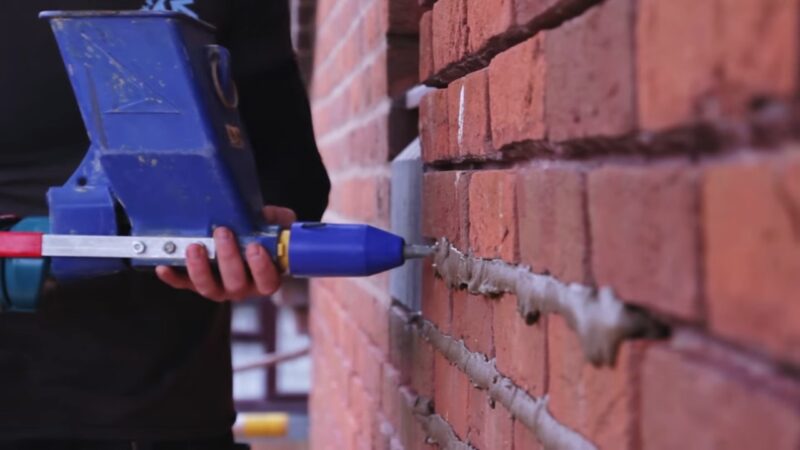
To avoid irreparable brick damage, the compressive strength of the repointing mortar should be similar to orweaker than the compressive strength of the original mortar. Under load, a stronger repointing mortar will deform less than a weaker original mortar, causing the load to be concentrated on the thin strip of stronger repointing mortar.
This stress concentration can lead to spalling of the brick face. The brick masonry is loaded by its self-weight and any externally applied loads present. In addition, the brick masonry is subjected to internal loads due to its thermal expansions and contractions and the shrinkage of the repointing mortar.
Differential expansion and contraction rates have this portland-rich mortar popping out-damaging the brick in the process.
Matching compressive strengths of the original and the repointing mortar may be done by matching mortar material proportions. By petrographic or chemical analysis, it is possible to analyze a sample of the original mortar and determine match proportions of materials. However, such testing is an added cost, typically only appropriate for historic structure repointing projects which are required to closely match existing conditions.
Rather than extensive testing, simply considering the age of the building will give a strong indication of the main contents of the original mortar. For example, it wasn’t until after the turn of the twentieth century that portland cement started to be combined with common lime and sand, as is done so typically in today’s mortars. Until that time, a common lime and sand mortar in one to three proportions was clearly the most frequently used brick masonry mortar.
Typically, the repointing mortar will be a Type N, O or K mortar. The proportions of portland cement and lime for Types N and O mortars should be in accordance with ASTM C 270 Standard Specification for Mortar for Unit Masonry or BIA MI-88 (see Technical Notes 8A). Type K mortar proportions are no longer included in the body of ASTM C 270, but are given in an appendix on repointing.
Mortar specifications permit a range of proportions of materials for each type of mortar. However, typical proportions by volume are the following: Type N -1 part portland cement, 1 part hydrated lime, and 6 parts sand; Type O -1 part portland cement, 2 parts hydrated lime, and 9 parts sand; Type K – 1 part portland cement, 4 parts hydrated lime and 15 parts sand.
In some cases, it may be necessary to match sand gradation with the original mortar. For example, gauged brick masonry with thin mortar joints may require sand with finer maximum particle size than permitted by ASTM C 144 Standard Specification for Aggregate for Masonry Mortar.
A matching sand gradation may be determined by analysis of the original mortar. Water for repointing mortar should be clean and potable and should be free of deleterious amounts of acids, alkalies or organic materials.
Additives
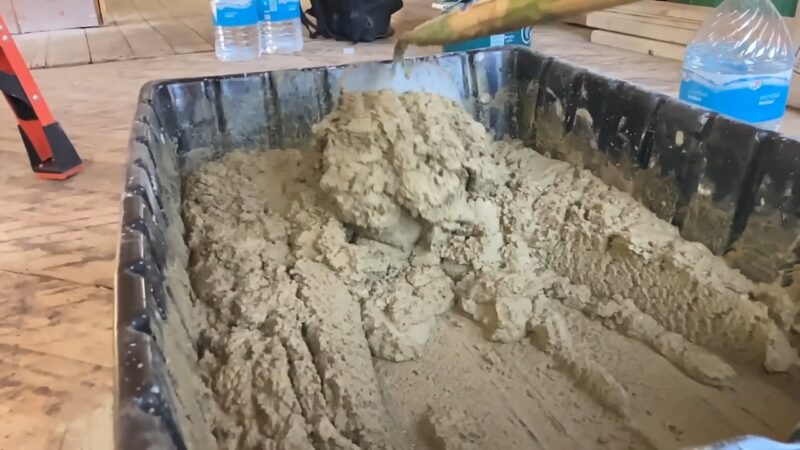
In general, the use of chemical additives in the repointing mortar mix should be avoided. However, in many older buildings, the original mortar may contain additional materials such as oyster shells and horsehair. If duplication of the original mortar is required, the repointing mortar should contain these materials in matching quantities.
Oyster shells~ if required, should be thoroughly washed and rinsed with clear water to remove all traces of salt and biological growth. The oyster shells should be crushed to a size matching that in the original mortar. To avoid detriment to the repointing mortar performance, the quantity of oyster shells should not exceed 2 parts by volume of the mix.
Coloring of the mortar may be required to match the original mortar color. Pigments should be metallic oxides and not organic chemicals. Coloring additives may be added to the mix in quantities not to exceed ~ percent by weight of the cement in the mix.
Mortar preparation and placement
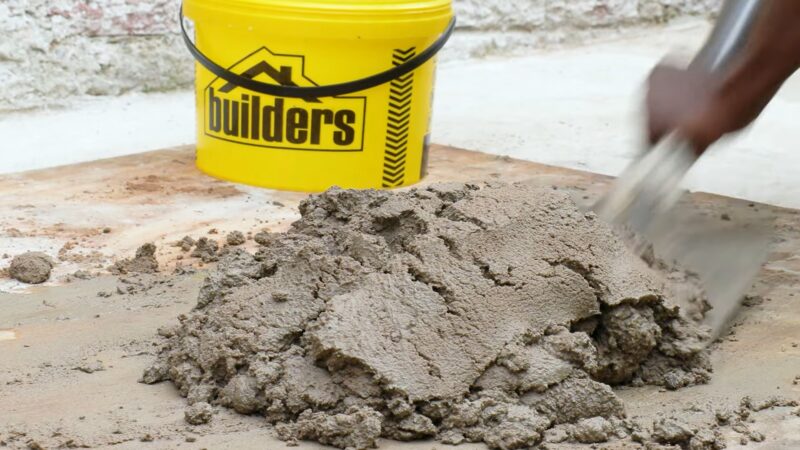
The repointing mortar should be prepared and placed in accordance with the procedures given in Technical Notes 7F and the repointing appendix of ASTM C 270. Prehydration of the repointing mortar is a very important step in the process, as prehydration helps avoid excessive shrinkage of the repointing mortar.
Removal of defective mortar and cleaning of the joint prior to repointing are necessary for successful performance of the repointing mortar.
The depth of mortar removal should equal or exceed two times the mortar joint thickness. Proper layering and compaction of the repointing mortar helps develop bond with the adjacent brick and mortar.
Summary
This information on repointing brick masonry is based on the research and experience of the technical staff of the Brick Institute of America. Recommendations are necessarily general in nature to address the many scenarios for which repointing may be required.
The application of these recommendations should be done with skill and engineering judgment. Where repointing work on structures of artistic, architectural, cultural or historical significance is being considered, guidance from a preservation specialist should be sought.
